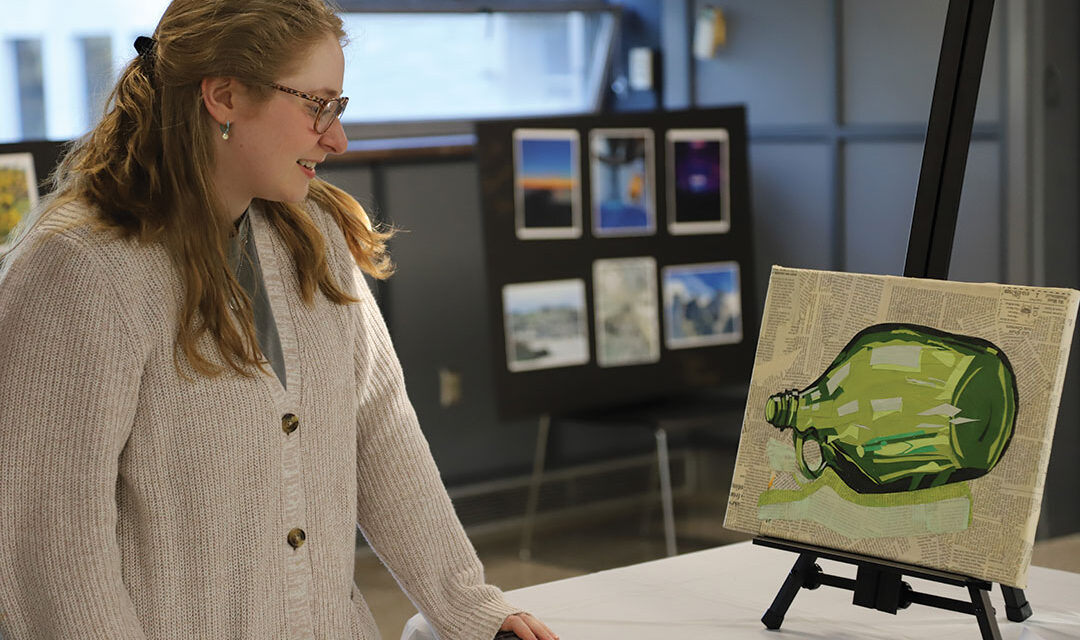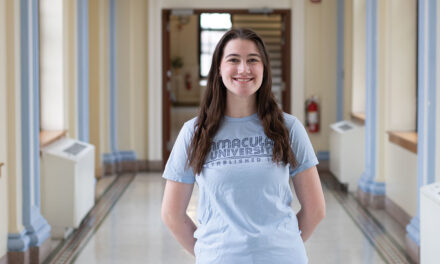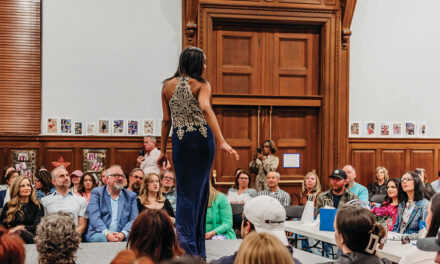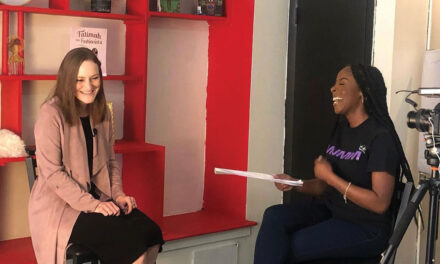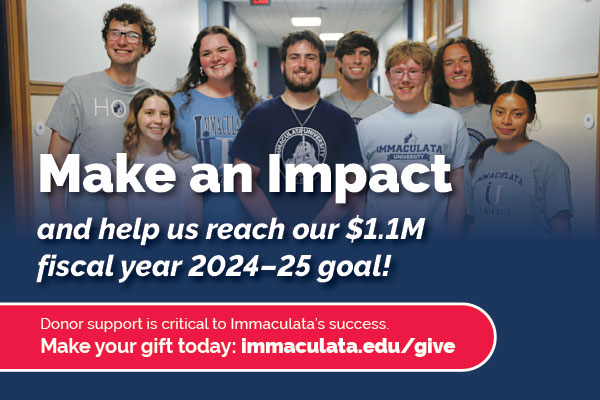Immaculata was founded as a liberal arts college more than 100 years ago, and during that time, the University has integrated the arts into the curriculum and the overall college experience to broaden the horizons of students and promote interdisciplinary learning.
Incorporating the arts into college education offers numerous benefits, such as allowing students to explore their own creativity and express themselves in unique ways that can be beneficial for personal growth and self-discovery. The arts also provide opportunities to learn about different cultures and perspectives, which promote understanding and empathy. Studies have also shown that students who participate in the arts tend to perform better academically, as the skills and habits developed through artistic practice can transfer to other areas of study.
Not only are the arts a big contributor to students’ well-being, but participation in art classes and extracurricular activities enhances job skills and leadership opportunities. Below are examples of how the arts at Immaculata are interwoven into the curriculum and how the University community participates in the arts.
Performing Arts
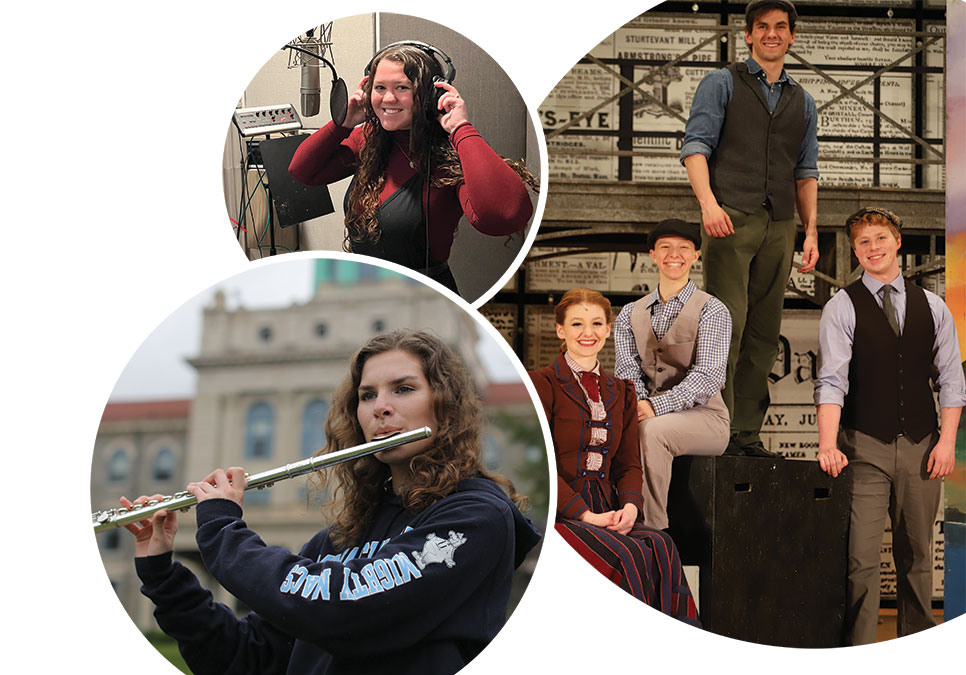
Pictured: Breanna Kratz ’23, music therapy major, during the recording of the song “Love, Moore”; Cast members pose for a photo during rehearsal for “Newsies: The Broadway Musical.” Pictured L to R: Emma Allee, Grace Wight, Luke Biely and John Schuyler; Caitlin Clayton ’24, music therapy major, practices on her flute.
Immaculata has a rich history with the performing arts, including theater, music and dance. In fact, the oldest campus club, Cue and Curtain Players, continues to produce two plays a year. This past semester, Kelly Gebhardt, adjunct music faculty member, directed the Cue and Curtain performers in “Newsies.” While many students participate in Cue and Curtain productions for the love of performing or to be part of a larger community of friends, some students, like Joseph Billetta ’22, have used the experience to help them land jobs.
With an impressive acting résumé, Billetta, who graduated with a Bachelor of Arts in Digital Communications, was cast in five campus productions and served as the vice president of Cue and Curtain during his senior year. His leadership role with Cue and Curtain provided him with a pathway to continue working in the theater.
“Not only did Cue and Curtain challenge me to sing and act in a variety of different roles, but it also gave me experience leading teams, as I had to lead rehearsals all on my own for the first time,” Billetta said, referring to his directing debut for a Cue and Curtain cabaret production. Since then, he continues to act and recently served as an assistant director for “A Christmas Carol” at Footlighters Theater in Berwyn, Pennsylvania.
In addition to theater, Immaculata has a strong focus on music and is designated as an All-Steinway School. Music students can practice and perform on 27 Steinway pianos and can join 14 different musical ensembles that provide them with opportunities to perform and hone their skills. Many music majors volunteer their talents while gaining invaluable professional experience.
Two music therapy majors, Breanna Kratz ’23 and Marchello Barile ’24, and their professor, Bruce MacKnight, who teaches a course on music in technology, collaborated on a project that leveraged the healing power of art. The trio volunteered to bring an overdose victim’s rap song, posted on Facebook, to life by adding a chorus and instrumentation to the song and professionally recording it. The song premiered on campus and is available on iTunes.
This project spoke volumes about the power of music to heal, which is at the crux of the music therapy field.
“Music lives inside of us, and as such, it flows out so we can express ourselves with true clarity and definition,” stated MacKnight. “This really is what authenticates practices and crafts such as music performance, composing and therapy—the phenomenon of music is an inherently human thing.”
Seeing the project from creation through distribution, Kratz and Barile also got an interdisciplinary crash course on the marketing side of the music industry as they contributed to the creation of the cover art and the song’s title: “Love, Moore,” which came from the original, deceased singer Stephen Moore. Additionally, building off the lessons they gleaned from MacKnight’s music in technology course, Kratz and Barile gained invaluable experience through connecting art with technology by recording, mixing and producing the music and vocals for the song in a professional recording studio.
Visual and Applied Art
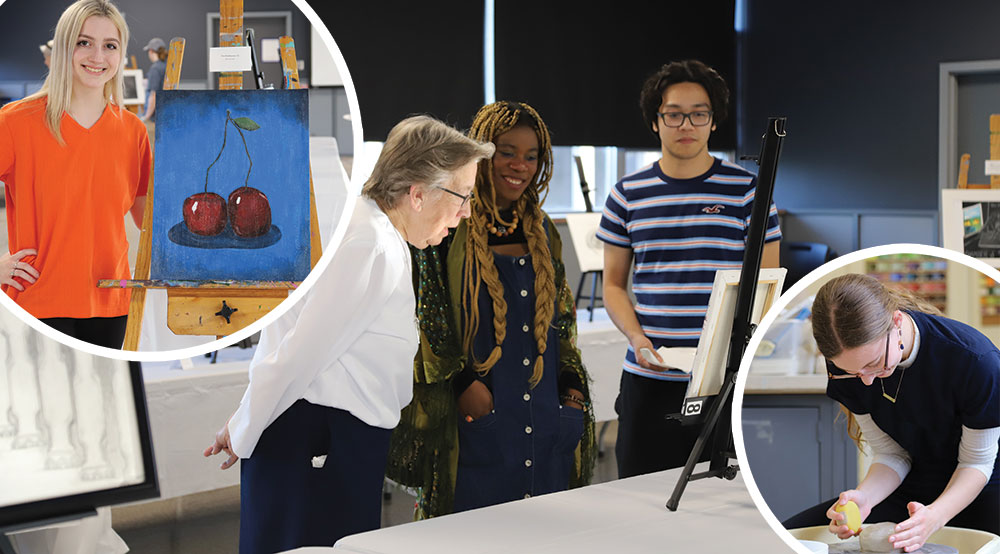
The third floor of Loyola Hall houses classrooms dedicated to various visual arts programs at Immaculata, including painting, sculpture and ceramics. Interestingly, in addition to the more traditional art classes, Immaculata students can also take courses in digital art and design. Instead of paint brushes and clay, for example, they use computers and 3-D imagery to create visual works of art. Gaining exposure to such tools that combine traditional artistic design with modern technology provides students with in-demand skills. According to the Bureau of Labor Statistics, the number of jobs in the digital design field are expected to increase 23% from 2021 to 2031.
Recently, 25 students participated in an art show featuring paintings, ceramics, cell phone photography and digital art designs they created in Immaculata classes. Abigail Yarrison ’23, a digital communications major with a concentration in design, organized the event with the goal of increasing awareness of Immaculata’s art classes by showcasing students’ talents. Yarrison demonstrated how valuable an interdisciplinary approach to learning can be as she enhanced her event planning and project management skills while creating paintings for the art exhibit.
Another interesting interdisciplinary connection between art and other subjects is apparent when we consider how digital design can be applied to the fashion industry.
When Olivia Gray ’20 was a fashion merchandising major at Immaculata, she minored in data analytics and product development. Her professor, Lina Castro, the director of the fashion merchandising program, encouraged her to take design courses. These skills have paid off as Gray is currently a freelance fashion designer with GTIG Esen, a global manufacturer and supplier of women’s garments.
“It is so important to have graphic design skills, because almost every company needs a graphic designer to create labels, signage, tags, stickers, etc.,” Gray explains. Now an adjunct fashion merchandising faculty member at Immaculata, she encourages her own students to add graphic design skills to their résumés and portfolios to expand their marketability when they graduate.
These examples are just a cursory overview of the many different media used as vehicles of creativity. These artistic experiences create a rich, interdisciplinary learning environment for students to develop their creativity and passion for the arts.
Immaculata has been steeped in the creative process since its founding. During Lent, Sister Antoine Therese Lawlor, IHM, D.Min., vice president for mission and ministry at Immaculata, wrote in an email to the campus community, “We are called to receive the gifts that are all around us, using a little hope and lots of creativity, not only to deal with irksome issues or huge challenges, but to move forward to a new time with our charism of love, creative hope and fidelity.”
Unconventional Couture
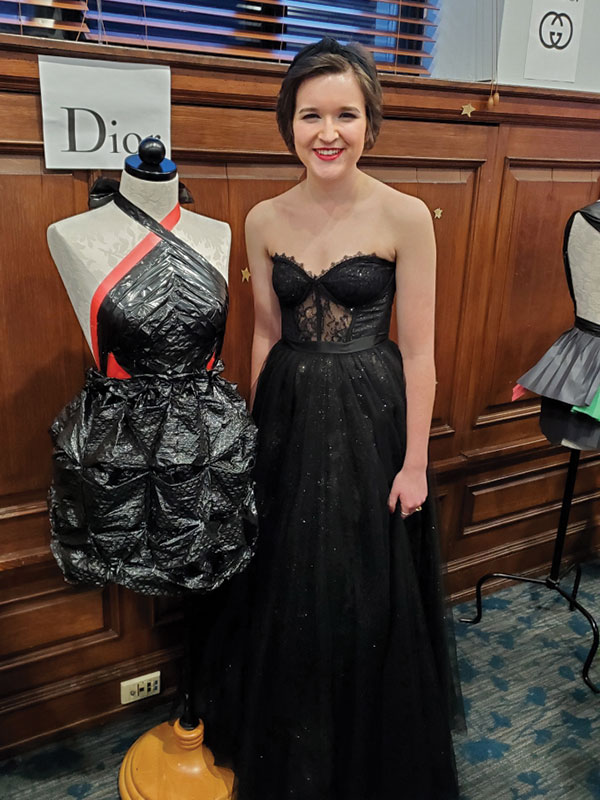
Olivia Thorpe ’25
Immaculata’s fashion merchandising students use more than just a computer to design clothing. Students in a visual merchandising class were challenged to make an outfit from unconventional materials; they could use anything but fabric.
For this project, Olivia Thorpe ’25, a fashion merchandising and business management dual major, created a cocktail dress. “Since I challenged myself with using one material, I had to get pretty creative,” she acknowledged. “I went to Target where I purchased an inexpensive box of 20 trash bags, all of which were utilized in my project.”
She explained that she used staples to bunch up the plastic bags to give the dress volume, pinned it to a mannequin and then gathered it around the waist. Thorpe cut off the top of the bags to make strips that she arranged in a crisscross diamond pattern across the bust to create a halter-style top. She accented the dress around the waist and neckline with the red ties.
Thorpe’s “trash bag dress” demonstrated the creativity of Immaculata students at the annual Immaculata Fashion Show, where it was featured during the event with other original designs by fashion merchandising majors.

